All writers need to create story worlds authentically, for our characters, even if our work is non-fiction. It is part of what we do to be more authentic and deepen our readers’ experience of our message.
As I write about Mary of Nazareth, I am having to consider her Bethlehem, her Nazareth, her Jerusalem and anywhere else her account of her finding purpose after mothering Jesus takes me.
Transporting ourselves back in time, walk with me the streets of Jerusalem in Mary’s day.
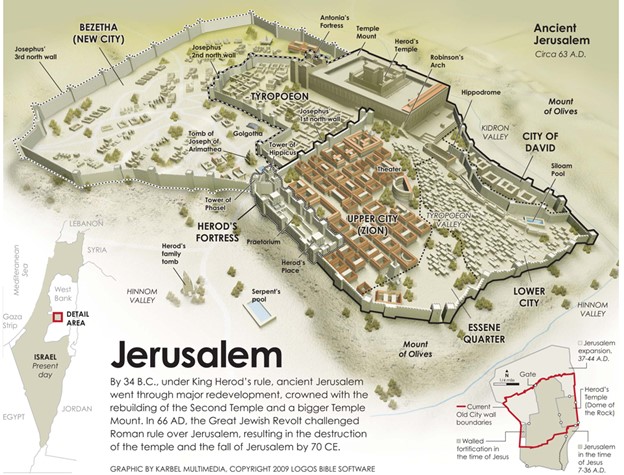
THE TEMPLE
The Temple’s dazzling white stone buildings were Jerusalem’s crowning glory that dominated the city’s skyline, as the highest point of the city, that towered over the surrounding Judean hills.
The outer courtyard of this center of Jewish religious life was the Court of the Gentiles. It was paved with multi-colored, patterned tiles and bordered by colonnades with forests of white columns.
Here, Mary and Joseph discovered the missing Jesus, aged twelve, following a fruitless three-day search for him, following the Jewish festival of Passover. He was sitting with teachers, engaged in a class, having no doubt joined a yeshiva, (seminary).
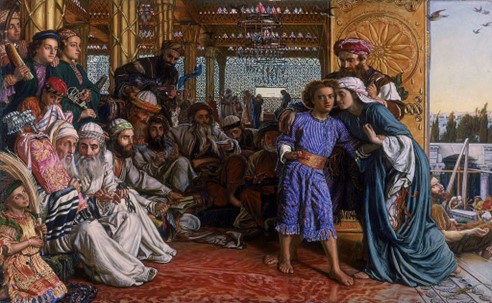
Jesus wondered at his mother’s truculent reproaches. “Didn’t you know I’d be in my Father’s house?”
Jesus would go on to engage frequently with teachers and religious leaders in the Temple during his ministry. Ultimately, he would foretell the Temple’s destruction, which happened in AD 70.
All around the perimeter of the Court of the Women at the center of the Court of the Gentiles were notices warning Gentiles against entering, upon pain of death. The Apostle Paul got himself into a heap of trouble here when Jews accused of, “bringing Greeks into the temple and defiling this holy place!” (Acts 21:27).
The Court of the Women was exclusively for Jews, female and male. It was a beautiful space, rimmed by columns and trumpet-shaped offering boxes, each having a particular purpose. The Court of the Women was dominated by a wonderfully engraved gate of burnished copper, which stood at the top of an elegant semi-circle of fifteen steps: the Nicanor Gate.
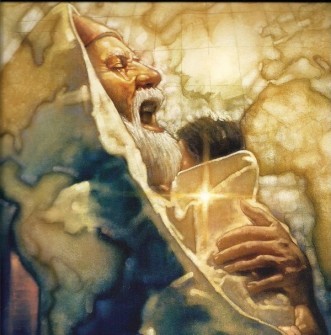
It was here that the elderly priest, Simeon, took baby Jesus in his arms. Recognizing him as the Messiah, he told Mary, “This child is destined to cause the falling and rising of many in Israel, and to be a sign that will be spoken against, so that the thoughts of many hearts will be revealed. And a sword will pierce your own soul too,” (Luke 2:34-5).
Beyond the Nicanor Gate was the Court of the Israelite Men and, beyond that, the Court of the Priests, reserved for the Priests and Levites who offered sacrifices, performed rituals and burned incense.
The Holy Place, housing the golden menorah, table of showbread, and the altar of incense, at the center of the temple complex, was where the Angel Gabriel surprised Zachariah, by appearing as he officiated. Gabriel said that his elderly wife would finally bear a child— John the Baptist.
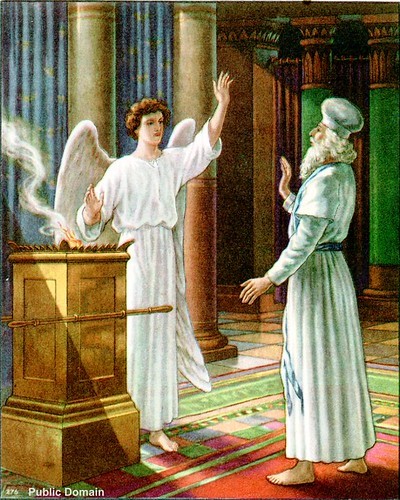
Then came the Holy of Holies. Only the high priest could enter there and that only once a year, on Yom Kippur, the Day of Atonement. This chamber that formerly housed the Ark of the Covenant, was empty. The Ark went missing, centuries before.
EVERY TRIBE
Outside the Temple, Jerusalem was a vibrant commercial hub for merchants, traders. It bustled with pilgrims who converged, singing psalms, for the three annual Jewish festivals of Passover, Shavuot and Sukkot.
The aroma of spices and colorful displays of stall holders that greeted them is easy to evoke in today’s narrow streets near the Damascus Gate.
Communities of Samaritans, Greeks, Romans and many other nations lived in Jerusalem, each contributing to the rich fabric of Jerusalem’s social landscape. Their homes, varying from Jewish houses to Roman villas and Hellenistic architecture, stood cheek by jowl with modest, one-room homes. Mostly, these huddled a little lower down the slope towards stinking Gehenna that lay just beyond the southern wall, in a rocky valley of steep ravines known as Hinnom.
Those who could afford access to better air and the evening breeze lived higher up, near the Temple, Herod’s palace, which was now occupied by Roman Governor Pilate, and the fine priestly accommodations surrounding the Temple.
GEHENNA
With a vile past of child sacrifice and idol worship, Gehenna was the town dump in Mary’s day.
Gehenna’s fire never went out but always smouldered. Stinking corpses and animal carcasses, consumed by maggots and rats, were piled high among garbage.
Jesus used this name to convey hell, eternal torment, as the consequence of sin. See Matthew 10:28 and Mark 9:47-8.
DID MARY LIKE JERUSALEM?
I wonder what Mary thought of the city. The disciples who, were also mainly from the Galilee region found the Temple’s stones and architecture impressive, (Mark 13:1-2). Jerusalem certainly was different from small town, insular Nazareth, Mary’s home.
I suspect that, since God chose an ordinary, Jewish girl from a modest background to mother his Messiah, he did so because she was not worldly. She would not have been awestruck by fancy architecture.
However, I also think that, as a Jew, she would have cherished the city in her heart, as God’s home, past, present and future.
He led Abraham to Jerusalem. It was later designated capital by the beloved King David, a man of deep faith. The first Temple was built there by his son, Solomon, during a period of great wealth for the Jewish nation.
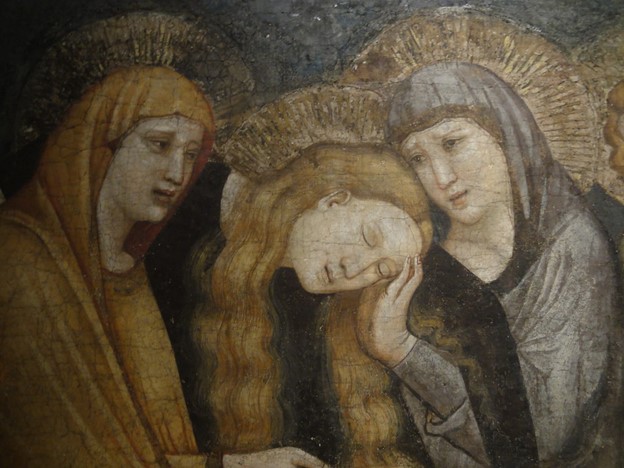
It was also in Jerusalem that Mary’s son would perform miracles and finally put himself forward to become the human sacrifice that Isaac would not be. He was arrested and beaten and killed there. Mary stood by him to the end.
No doubt but that a sword pierced her heart then.
But Jesus would also rise again, giving every Christian the hope that they might meet him, in the eternal city of Jerusalem.
Jerusalem the Golden:
WHERE I CAME TO FAITH

I met Jesus in Jerusalem at a dire time in my life when I hungered for meaning and purpose. Receive my Five-minute Testimony: HOW I MET JESUS, filled with signs and wonders, to know more and be the first to read my posts.

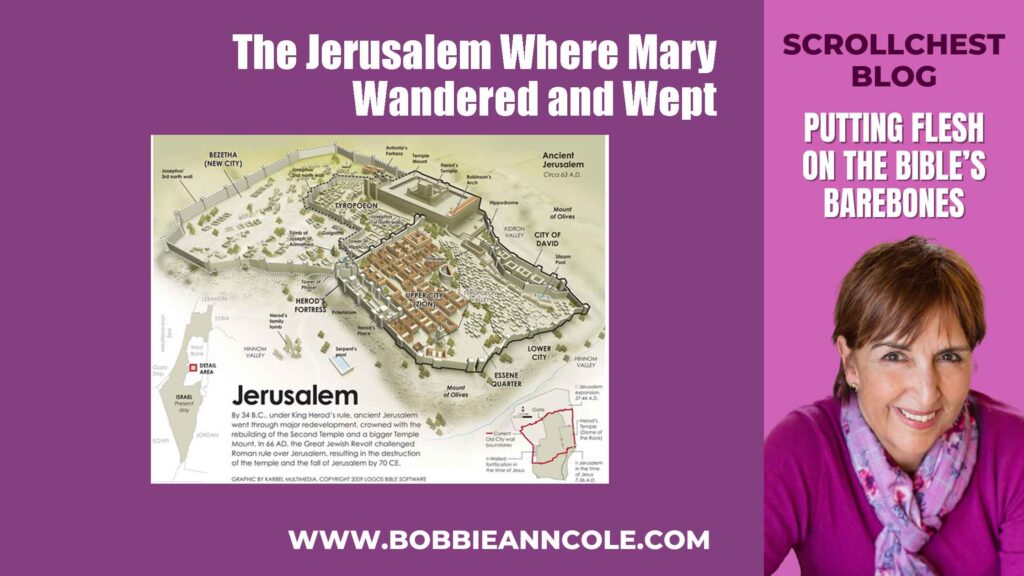
Hi Bobbie,
This truly is the hardest thing any mother would go through!
I am such an overprotective mother, so coming from my side, this would have been so hard to bear!
To watch your son suffer in public like this, oh my word! She can’t get near him, she can’t help him, she has to just watch on in horror as the people punish an innocent young man!!!
I never though of seeing this through the eyes of Mary!
I pray the Lord guide you with every word you write and may it be such a blessing to many.
God bless you Bobbie
Big hugs
Lynne
Yes, horrendous, Lynne. I am finding it very hard to relate to how she would have felt afterwards about all the events of that day – following Jesus being torn away from them all the previous night at his arrest. Having not slept, she would have been at the sentencing, the release of Barabbas (her final straw of hope), having not eaten – nor wanted to – all day, she was at the foot of the cross, in darkness, rocked by an earthquake, at Joseph’s taking his limp body down and Nicodemus trying to redeem himself with lashings of herbs and spices, at the tomb and finally, limp herself, sitting shiva (Jewish mourning). And they want her to eat something and she turns her head away, all the life gone out of her.
Hi Bobbie,
I’ve often wondered why God sent His Son as a helpless baby. I think it’s because He wanted Jesus to grow up with humans and experience the things most of us experience, although in a humble, loving home. I sometimes wonder if His siblings were jealous of Him sometimes – as Joseph’s brothers were of him! But as someone who is pro-life, I also think that God gave infinite and eternal value to human fetuses because He Himself chose to be one! We also know He loved Jerusalem because He called the Temple there His Father’s house.
Mary had such a unique role in the history of Earth. I hope I get to ask her many questions about it in Heaven!
Me, too, Heidi. I would love to sit down and chat with Mary – and with Jesus, too, in heaven. You mention Jesus loving Jerusalem and I think of the time he said, ‘Oh Jerusalem, Jerusalem’ – in the same way as he gently and lovingly says ‘Oh, Martha, Martha…’ And he confirms that, though the city kills its prophets, he would nevertheless like to gather it under his wings as a hen does her chicks – ‘but you won’t allow it.’ We have only to think of the occupying Romans and the Sanhedrin’s sweet deal with them, to consider what a den of thieves the city would have been, beneath its beauty.
I feel I am there! Thank you for sharing from your heart and expertise, Bobbie!
I’m glad you found the insights valuable, Laura. Thank you.
Beautifully described Bobbie! It puts the reader right there alongside Mary, experiencing with her her anguish amid the beauty of the setting. Thank you!
My book about Mary is hard to write, really hard. But I find it so rewarding to put myself where she walked. It deepens my whole experience of the Bible.
Looking forward to gaining more understanding on Mary!
Thank you for your encouragement, Mwape.